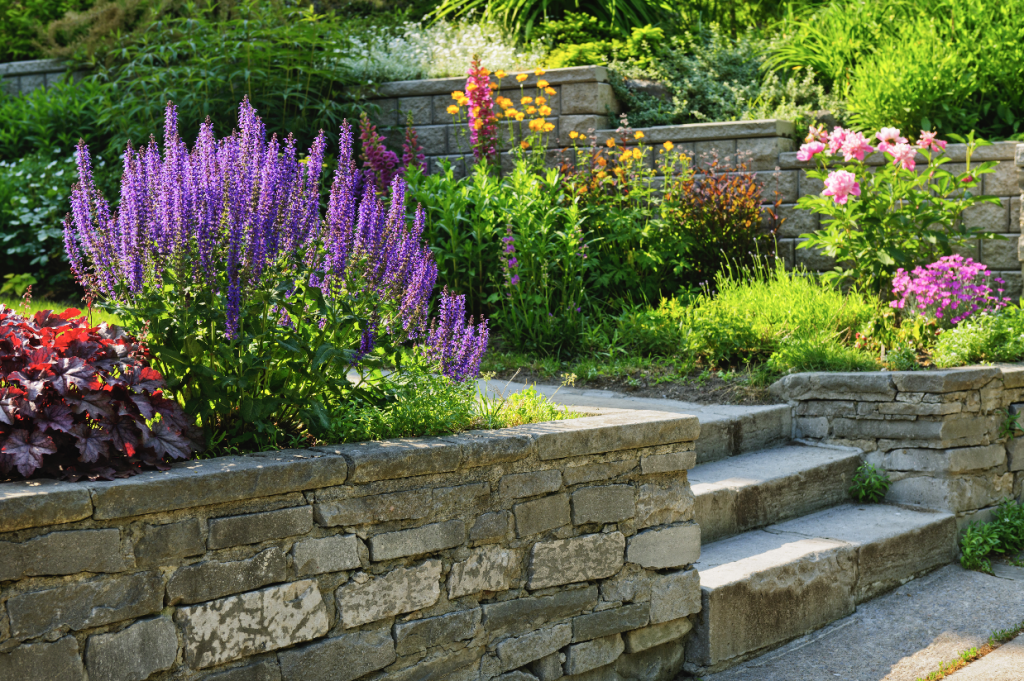
A simple, 7-day guide to improving your home and family’s wildfire preparedness with easy, inexpensive tips.
Day 4: Choose the Right Plants
Plant selection in your garden and the space surrounding your home can play an important role in protecting your property, and your neighborhood, during a wildfire. Fire Safe Marin pioneered the concept of a “fire safe” plant list in the early 1990s, partnering with the University of California to develop a list of fire-resistant landscaping plants specific to Marin county, and northern California’s mediterranean climate.
Marin’s Fire Safe Plant List Updated in 2017!
Fire Safe Marin’s “Fire Safe Plant List” was updated last year, the most significant update since it was originally produced in 1998! We’ve consolidated the list, and made it searchable online. Some plants once recommended as “fire-safe” were removed as invasive, and a few new species have been added to help beautify AND protect your home. We’ve launched our new website and plant list, and continue to improve and add to the list of recommended plants. Check back regularly at www.firesafemarin.org/plants!
What are fire resistant plants?
Fire-resistant plants are those that do not readily ignite from a flame or other ignition sources. These plants can be damaged or even killed by fire, however, their foliage and stems do not significantly contribute to the fuel and, therefore, the fire’s intensity. There are several other significant factors that influence the fire characteristics of plants, including plant moisture content, age, total volume, dead material, and chemical content.
Plants that are fire-resistant have the following characteristics:
- Leaves are moist and supple.
- Plants have little dead wood and tend not to accumulate dry, dead material within the plant.
- Sap is water-like and does not have a strong odor.
- Sap or resin materials are low. Most deciduous trees and shrubs are fire-resistant.
In contrast, plants that are highly flammable generally have several of these characteristics:
- Contain fine, dry, or dead material within the plant, such as twigs, needles, and leaves.
- Leaves, twigs, and stems contain volatile waxes, terpenes, or oils.
- Leaves are aromatic (strong odor when crushed).
- Sap is gummy, resinous, and has a strong odor.
- May have loose or papery bark.
Both native and ornamental plants can be highly flammable. An example of a highly flammable shrub often planted in Marin home landscaping is juniper. Avoid landscaping with highly flammable plants directly around your home. Many Marin communities have “banned” certain fire prone species like juniper and pampas grass.
Fire-resistant does not mean fireproof!
Even fire-resistant plants will burn if not well maintained. Be sure to keep all of your landscape plants healthy with appropriate watering, proper pruning, etc. Check our list of “fire-prone” plants to learn which plants should NEVER be planted near your home.
Native Plant Considerations
Remember that all of California’s native plants are adapted to fire – some are resistant to fire, others make fires burn faster and hotter. Unfortunately, many California natives are among the most flammable plants on earth. Don’t assume that because it’s a “native” it will help protect your home from fire! Download this ![]() California Native Plant Society booklet for a detailed look at California native plants and fire – and be sure to check that the plant you select for your garden are allowed in your town.
California Native Plant Society booklet for a detailed look at California native plants and fire – and be sure to check that the plant you select for your garden are allowed in your town.







